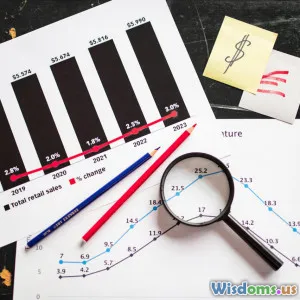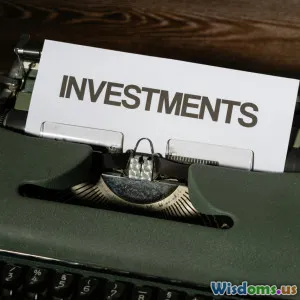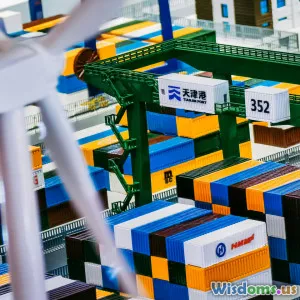
Will Blockchain Technology Disrupt Global Supply Chains Next
16 min read Exploring the potential of blockchain technology to revolutionize and disrupt global supply chain management in the coming years. (0 Reviews)
Will Blockchain Technology Disrupt Global Supply Chains Next?
The pulse of international commerce depends on intricate, multilayered supply chains connecting factories, suppliers, distributors, and retailers across continents. Amidst this complexity, transparency, speed, and trust have long been elusive—sometimes even impossibly out of reach. With blockchain, often hyped as a revolution confined to cryptocurrency, a wave of disruption may finally wash over the opaque world of global supply chains. But will blockchain fulfill these ambitions, and what might that disruption look like?
The Pain Points of Global Supply Chains
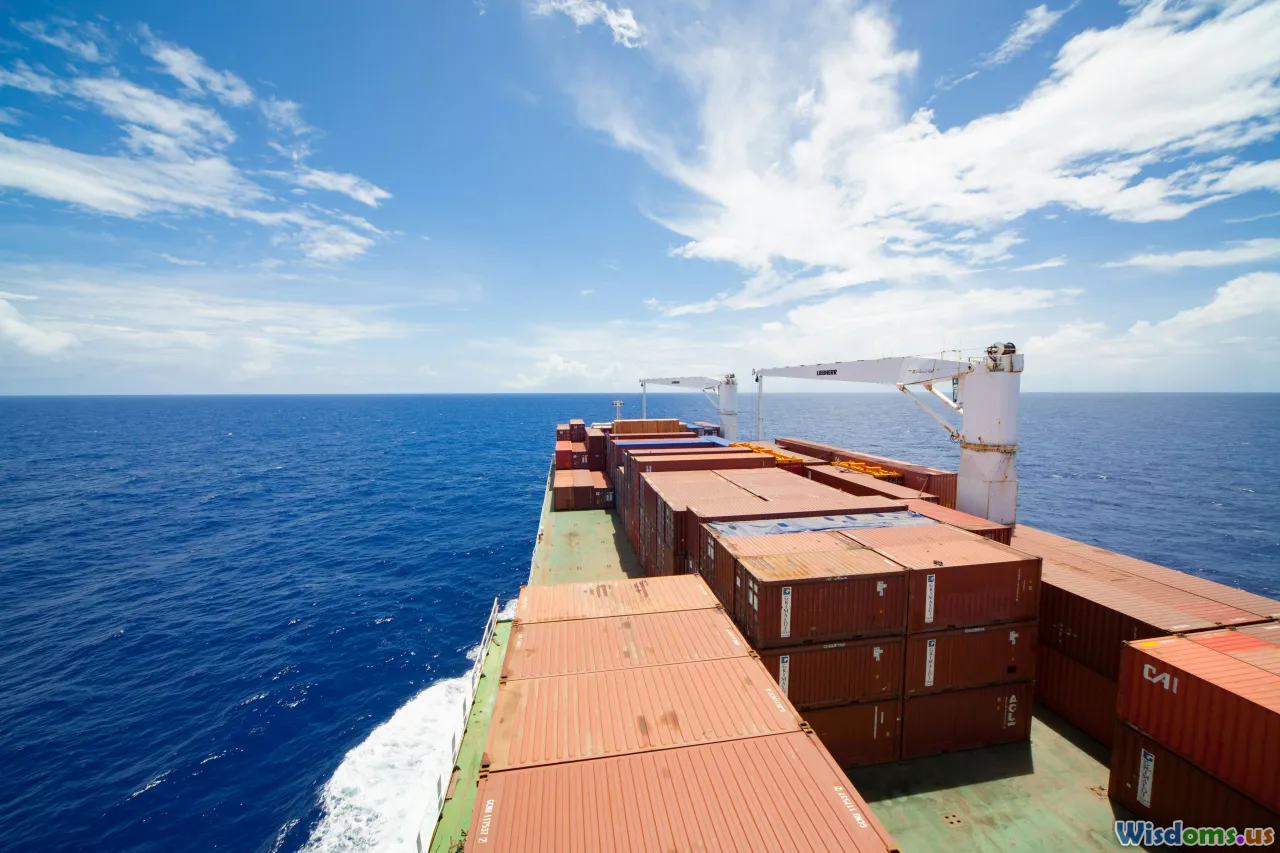
Operating global supply chains is an exercise in controlling chaos. True product provenance, accurate inventory levels, and real-time shipment tracking often dissolve into confusion as goods change hands and paperwork zigzags across organizations. According to a 2023 report by Accenture, an estimated 80% of companies struggle with fragmented data streams, and supply chain errors contribute billions of dollars in annual losses across industries. Adding to the frustration are relentless incidents of counterfeiting, compliance violations, and custom delays.
COVID-19 further exposed these vulnerabilities. In 2020, vaccine distribution faced massive hurdles due to poor coordination between logistics providers and regulatory bodies. Even giant corporations fell short; for example, Walmart discovered gaps in tracing leafy greens supply after a major E. coli outbreak. Meanwhile, consumers are demanding more than ever: greater proof of ethical sourcing, low carbon footprints, and prompt deliveries. The old way—each participant keeping its own disparate ledger and trusting intermediaries—appears inadequate.
Blockchain 101: How It Works Its Magic
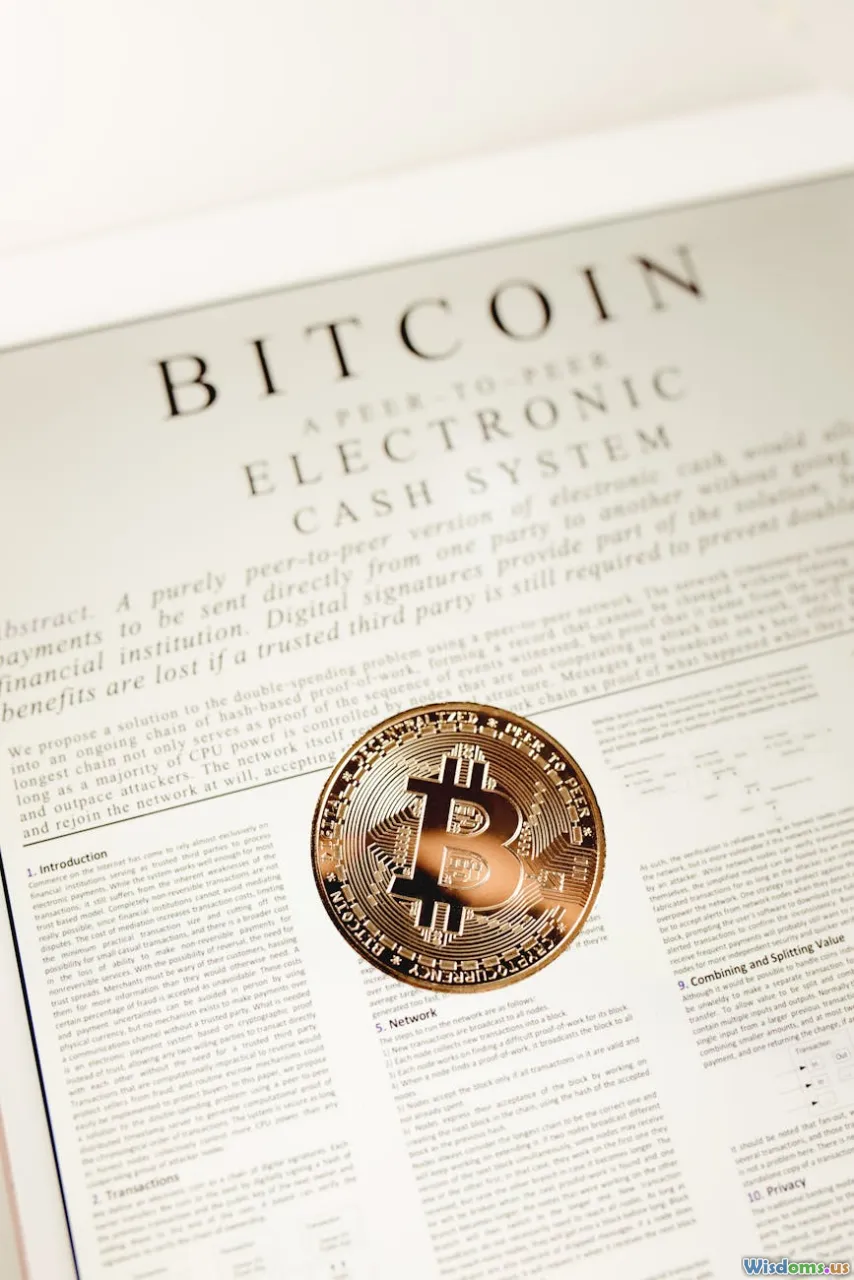
At the heart of blockchain lies an immutable distributed ledger. Each participant, known as a node, has access to a synchronized digital record containing all the transactions that have ever occurred within the system. Updates to this ledger are verified through consensus—reducing the risk of fraud—and get recorded in cryptographically sealed blocks.
Unlike traditional databases, where one administrator governs read/write permissions, blockchain removes the centralized gatekeeper. Smart contracts, self-executing pieces of code built atop blockchains like Ethereum or Hyperledger, enable automated and tamper-proof supply chain transactions. Imagine payments that trigger instantly when a shipment arrives at a port, or automated customs declarations that clear cargo based on digitally validated documents.
Perhaps most importantly, participants need not trust one another blindly. The transparency of the shared ledger—visible to all approved supply chain partners—facilitates rapid dispute resolution, clear provenance checks, and seamless audits. No single actor can retroactively alter shipping logs or delete transactions without unanimous consent of the network.
Real-World Examples: Early Adopters in Action
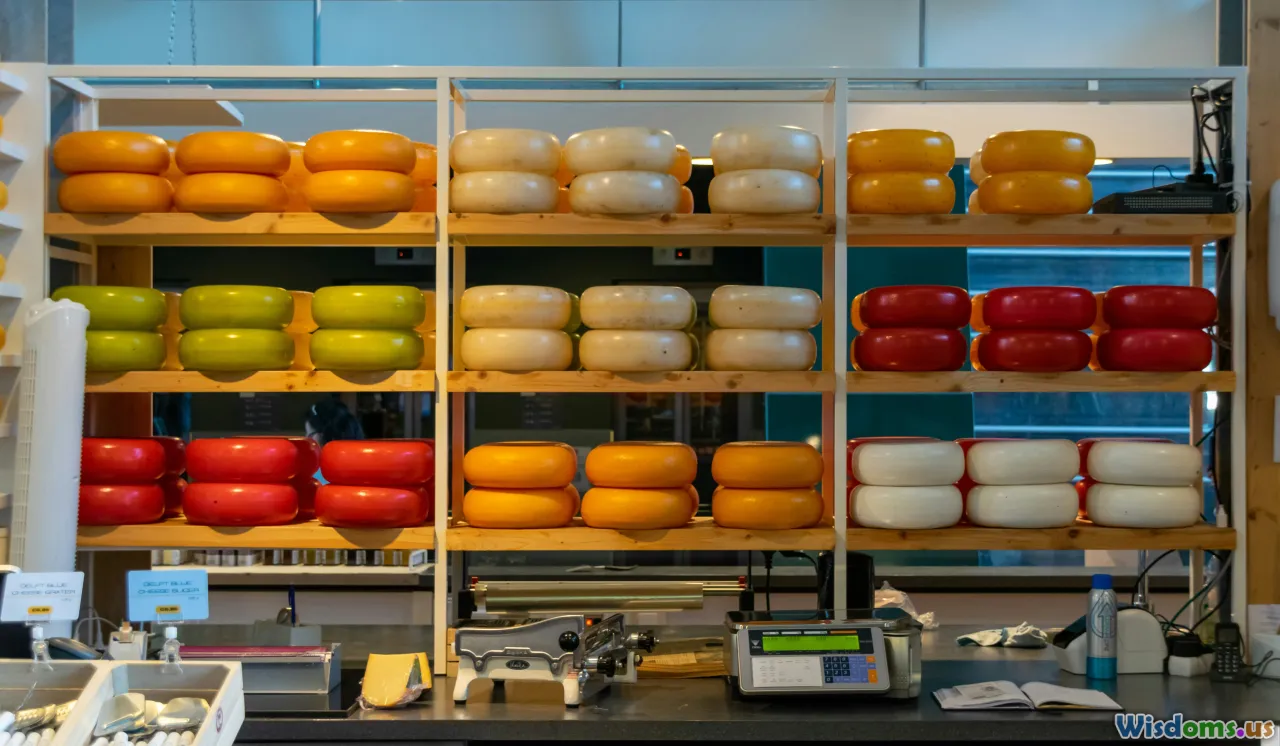
Several pioneering companies already place blockchain at the core of their supply chain transformations. IBM and Maersk launched TradeLens, a blockchain-based shipping platform involving over 200 ports and terminals. Through real-time visibility into shipment status and automated document workflows, Maersk reports a 40% reduction in transit times for selected shipments and dramatically fewer disputes at handoff.
Walmart, in collaboration with IBM Food Trust, tackles food safety and traceability by blockchain-enabling its leafy greens supply chain. Before the pilot, tracing a head of lettuce from farm to shelf could take seven days; now, it happens within 2.2 seconds. This speed is vital during contamination outbreaks, minimizing public health impacts and costly recalls.
Luxury brands like De Beers use blockchain to assure consumers that diamonds are ethically sourced, tracing gems from mine to counter. Thai Union, one of the world’s largest seafood producers, now leverages blockchain to certify the authenticity and sustainability of its tuna supply—giving retailers and consumers data in real-time.
Opportunities: Transparency, Efficiency, and Trust

Blockchain promises a trifecta of value for global supply chains:
-
Radical transparency: Every step, from raw material sourcing to last-mile delivery, leaves a digital fingerprint. This assurance deters counterfeiting, provides irrefutable proof of compliance, and reassures customers seeking sustainable or ethically produced goods. German automaker BMW pilots blockchain to block counterfeit parts infiltrating its aftermarket channels and reward suppliers for ethical practices.
-
End-to-end efficiency: Paper forms, physical stamps, and manual cross-checks often drag handovers and customs clearances into days or weeks. Smart contracts streamline processes, slashing paperwork and human error. Taiwanese electronics firms, for example, use blockchain to verify component arrivals, triggering just-in-time payments and warehousing.
-
Digital trust networks: Middlemen intermediaries (inspectors, brokers, auditors) become less critical as stakeholders directly verify transactions and data. This not only slashes transaction costs but also accelerates onboarding of new suppliers who can prove their adherence to standards from day one.
In effect, supply chains morph from slow-moving, trust-heavy structures into dynamic, data-driven ecosystems.
Major Hurdles Blocking Blockchain Adoption

For all its promise, blockchain’s journey into mainstream supply chains is riddled with roadblocks:
-
Integration complexity: Many legacy supply chain management systems are decades old and patchworked together. Synchronizing these with a modern blockchain platform means tackling significant technical, financial, and change-management challenges.
-
Data standardization: Precise data feeds are critical, but across global operations, formats and definitions diverge. Standardizing what a “shipment date” or “proof of origin” means becomes an opportunistic battlefield.
-
Regulatory uncertainty: Differing international laws on data privacy, ledger access, or digital contracts can stall cross-border blockchain deployment. In the EU, GDPR rules restrict certain immutable personal data entries.
-
Governance models: Who owns, maintains, and bears the cost of a truly decentralized supply chain ledger? Collective investment and operational alignment among fierce competitors remain difficult.
-
Scalability: Current blockchain networks struggle with massive transaction volumes typical for ports and logistics hubs. Projects like Hyperledger Fabric offer private chains to sidestep public congestion, but performance and cost improvements are still needed.
Despite these headwinds, thought leaders stress that the biggest gains often follow bold digital transformation—pointing to airline ticketing and banking as parallels of industries reimagined through technological leaps.
How-To: Piloting a Blockchain Supply Chain Project

Wondering how to start blockchain-enabling your own supply chain ecosystem? Here’s a framework followed by both multinationals and ambitious SMEs:
-
Identify the core pain point. Focus on specific weaknesses (e.g., lengthy supplier onboarding, product authenticity, documentation lags) best addressed by visibility and automation.
-
Start small, scale later. Choose a high-impact use case, like tracing critical components or automating customs paperwork for a single product line or route.
-
Assemble stakeholders. Success demands cooperation from logistics partners, suppliers, regulators, IT, and compliance teams. Early alignment simplifies integration and governance issues.
-
Select the right platform. Evaluate solutions like Hyperledger, Corda, or IBM Food Trust based on privacy controls, scalability, ease of use, and existing adoption within your industry.
-
Empower your data. Implement sensors, IoT tags, or standardized APIs to feed live, reliable information into the ledger. Machine-readable data expands automation.
-
Integrate and educate. Seamlessly connect blockchain to existing ERP, WMS, or logistics systems. Offer workshops and walk-throughs to ensure every user understands value and processes.
-
Iterate and expand. Document ROI and lessons learned, then roll out to other segments, shipping lanes, or product lines.
As an example, in 2022, Nestlé launched "Chain of Origin," a blockchain pilot in Australia allowing consumers to track the journey of Nescafé coffee—from farm to cup. Tracking data was integrated into their app, creating not only operational efficiencies but also a compelling marketing asset.
Blockchain vs. Traditional Tracking: A Comparative Analysis

Traditional tracking systems typically rely on manual inputs, siloed databases, and trusted intermediaries to keep records. Information on where a container originated or where it is en route rests with individuals who update isolated software systems, often leading to data errors, lags, or deliberate tampering. When audits are needed (say, after a liability dispute), tracing back the chain of events can mean weeks of paperwork chasing.
Blockchain-powered supply chains, by contrast, allow authorized partners to access one version of the truth—instantly and from anywhere. Smart contracts automatically execute logistics events, payments, or compliance checks, reducing costly disputes and delays. According to the World Economic Forum, full-scale blockchain adoption could cut global trade costs by up to 15%, primarily through process simplification and improved coordination.
For example, Kuehne + Nagel, a leading global logistics provider, found that blockchain-enabled shipment management eliminated nearly 70% of errors and reduced invoice reconciliation times from weeks to hours.
Actionable Advice: Preparing Your Organization for Blockchain Disruption

Leaders aiming to future-proof their supply chains should consider the following steps:
-
Invest in digital skills: Conduct regular training on blockchain basics, smart contract design, and interoperable IoT devices for all employees involved in logistics and procurement.
-
Audit supplier readiness: Survey current and prospective vendors for digital maturity—can they handle blockchain integration? Are they equipped with standardized data feeds and hardware?
-
Strengthen cybersecurity: While immutable ledgers resist tampering, endpoints collecting and feeding data remain vulnerable. Deploy dedicated hardware security modules, encrypted communications, and authenticated IoT sensors.
-
Monitor emerging regulations: Engage in industry consortia or working groups to help shape international standards and lobby for regulatory frameworks enabling blockchain growth.
-
Work with partners on pilot projects: Joint pilots not only spread costs but also promote shared learning and buy-in from key stakeholders.
A combined supply chain–tech leadership team becomes critical here—bridging the historic chasm between IT departments and operational experts.
The Road Ahead: Toward Disrupted, Resilient Supply Chains
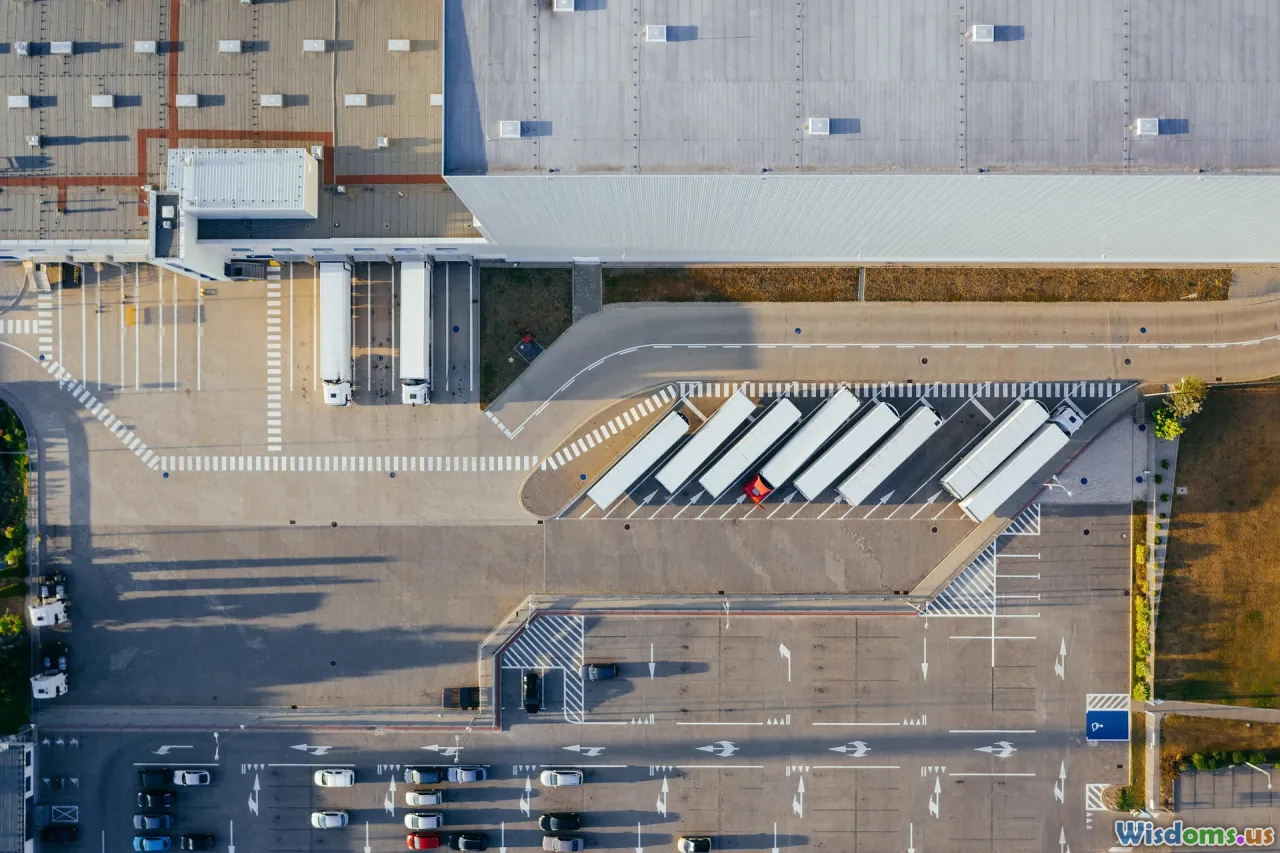
While significant hurdles await, the trajectory is clear: blockchain’s ability to securely record, automate, and reveal every supply chain transaction could profoundly reshape global logistics over the next decade. As major players mature pilots into production and standards take root, even smaller suppliers will find themselves swept into digital transformation.
Imagine a future where a truckload of avocados crossing the U.S.–Mexico border instantly clears customs, triggers payment and environmental checks, and alerts shelf-stockers at a supermarket—without human friction. Or where a midnight cyberattack fails to disrupt shipment records because every node in the chain verifies data authenticity and ownership.
Blockchain may not make every shipment frictionless overnight, but for forward-thinking organizations embracing its value, disruption does not mean disaster—it promises healthier, smarter, and far more resilient supply chains the world over.
Rate the Post
User Reviews
Popular Posts













